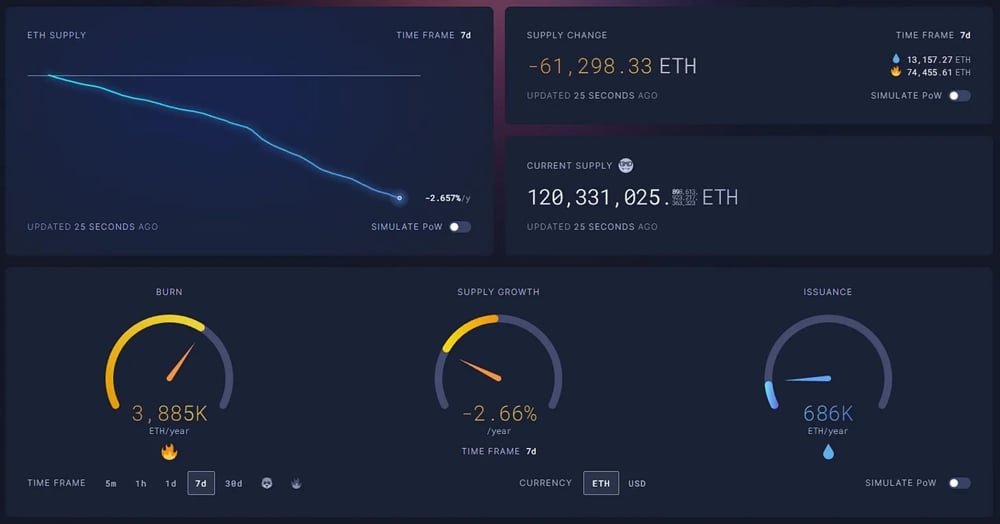Bitcoin Hits Record High Above $109,000 Amid Easing US-China Trade Tensions and US Sovereign Debt Downgrade
On Wednesday, Bitcoin $BTCUSD, the world’s largest cryptocurrency by market capitalization, surged past its previous January peak to reach a new all-time high. The digital asset climbed to an unprecedented level of $109,760.08 before settling around $108,117, marking a 1.1% increase. This rally follows a period of market volatility triggered by trade tariffs and geopolitical tensions, with improved risk sentiment propelling demand for Bitcoin as an alternative store of value.
Drivers Behind Bitcoin’s Historic Rise
The recent Bitcoin price rally is attributed to a confluence of macroeconomic and geopolitical factors. Primarily, the easing of US-China trade tensions has helped restore investor confidence, reducing risk aversion across global financial markets. Additionally, the US sovereign debt downgrade by Moody’s Investors Service has sparked concerns over the long-term stability of the US dollar (USD), encouraging investors to diversify into non-traditional assets like cryptocurrencies.
Bitcoin’s decentralized nature and limited supply make it an attractive hedge against inflation and currency devaluation, especially when sovereign credit ratings decline. The downgrade undermines the perceived safety of USD-denominated assets, increasing Bitcoin’s appeal as a digital alternative investment.

Quick Facts:
Bitcoin peaked at $109,760.08 on Wednesday, surpassing January’s previous high.
Latest price stands at approximately $108,117, up 1.1% on the day.
Easing US-China trade tensions improved global risk appetite.
Moody’s downgraded US sovereign credit rating, pressuring the USD.
Investors increasingly seek Bitcoin as a hedge against currency risks.
Continued Analysis: Market Reaction and Expert Commentary
Financial markets responded positively to the combination of easing trade disputes and sovereign rating revisions. The improved risk sentiment encouraged greater allocation to riskier assets, including cryptocurrencies. Analysts note that Bitcoin’s surge also reflects growing institutional interest as it increasingly becomes a mainstream investment vehicle.
Market commentators highlight that Bitcoin’s role as “digital gold” is strengthening, particularly amid macroeconomic uncertainties surrounding fiat currencies and international trade. While volatility remains a characteristic feature, the trend indicates a shift in investor behavior toward cryptocurrencies as a strategic asset class.

Key Points:
Bitcoin’s all-time high underscores growing investor confidence amid geopolitical shifts.
Trade de-escalation between US and China reduces global market uncertainty.
Moody’s downgrade of US sovereign debt diminishes dollar’s safe-haven status.
Bitcoin’s limited supply and decentralized design enhance its appeal as an inflation hedge.
Institutional adoption further legitimizes Bitcoin’s position in diversified portfolios.
Implications of Bitcoin’s Rally for Global Investment Landscape
Bitcoin’s record-breaking price movement above $109,000 signals a pivotal moment in the evolution of cryptocurrency markets. As traditional economic and geopolitical risks mount, Bitcoin increasingly emerges as a viable alternative investment to fiat currencies like the USD. The interplay of easing trade tensions and sovereign debt concerns has amplified Bitcoin’s attractiveness, reflecting broader shifts in global risk sentiment and portfolio diversification strategies. This milestone reaffirms Bitcoin’s growing influence within the international financial ecosystem.















Comments